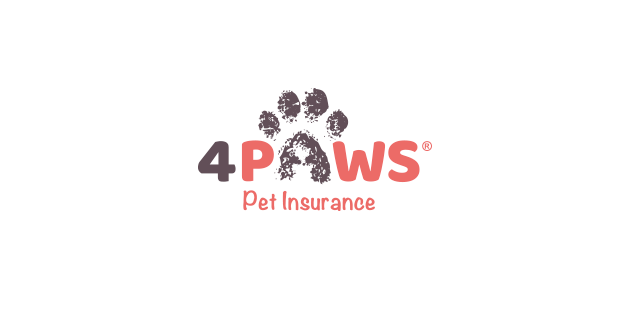22 Mar Does your dog have hay fever?
Spring marks the beginning of hay fever season, which means the start of runny noses, itchy eyes and general distress caused by pollen. But did you know your dogs get hay fever too?
Hay fever is we all commonly know, is an allergic reaction to pollen and other particles in the air.
This type of ‘atopy’ (a term used to describe the tendency to develop allergic diseases) occurs due to an allergic reaction caused by pollen penetrating the skin.
It’s because of this canine atopy that some dogs develop allergic symptoms. And just like us, it’s a genetic condition.
How to tell if your dog has hay fever
Look out for these signs that your dog is being plagued by pollen:
Their eyes are watering
They’ve got runny noses or are sneezing
They’re itching and scratching themselves a lot
A rash on their face or feet
Their hair is thin over their feet and eyes as they’re scratching too much
What should you do?
If you think your dog has hay fever, the first thing to do is get the vet to check. Why not try out our free veterinary consultation service with FirstVet? Speak to them from your mobile and they can assess your dog’s symptoms and even provide treatment recommendations.
Once you confirm your furry friend has hay fever, you can give them something to help, like antihistamines or allergen shots prescribed by vets.
You can also do your bit by giving them a cool bath, keeping them indoors when the pollen count is high, washing their bedding every week and, if they have long hair, clipping their coat.
How can I help my dog with their hay fever?
There are lots of other things you can do as a dog owner to help reduce their irritation or likelihood of an allergy mishap occurring.
1.
Pollen levels are at their highest during the middle of the day, therefore you can walk your dog early in the morning or later in the evening instead.
You can also access Pollen count apps and websites which will notify you of forecasted times for high pollen levels.
2.
Pollen can stay on your dog’s paws for a lot longer than just your walking time, so it’s good to clean their paws, ears and eyes once you’ve returned from a walk. This will prevent irritation.
Although hay fever is a large hazard when it comes to flowers and your pets, there are also lots of other risks associated with plants and flowers. This primarily includes if your pooch accidentally eats a flower! Why not check out our other blog that highlights the dangers flowers can bring to our pets if they’re digested?




